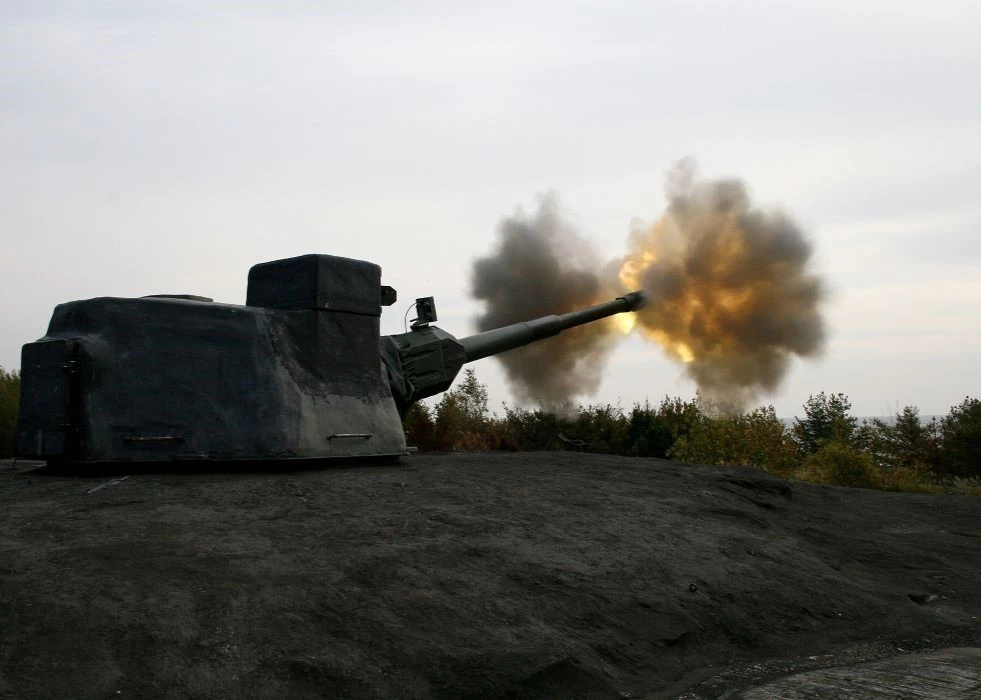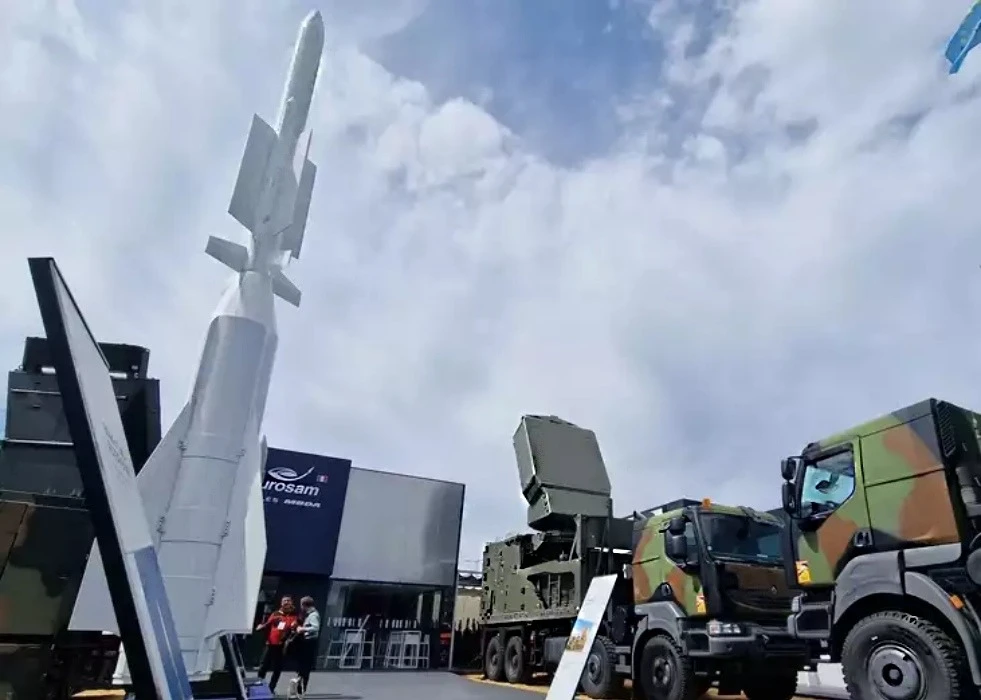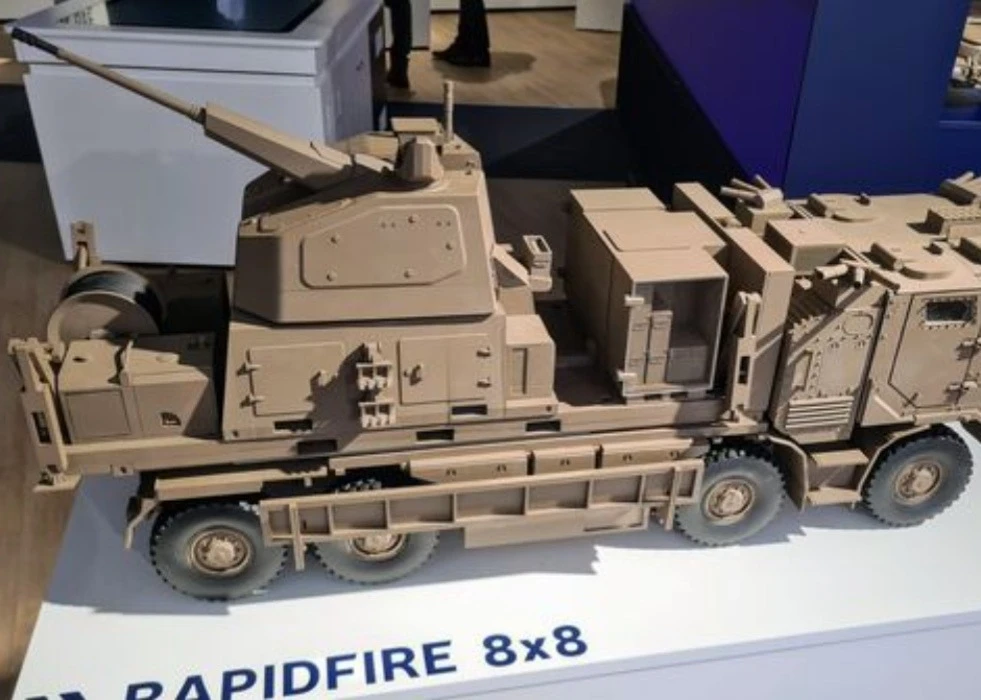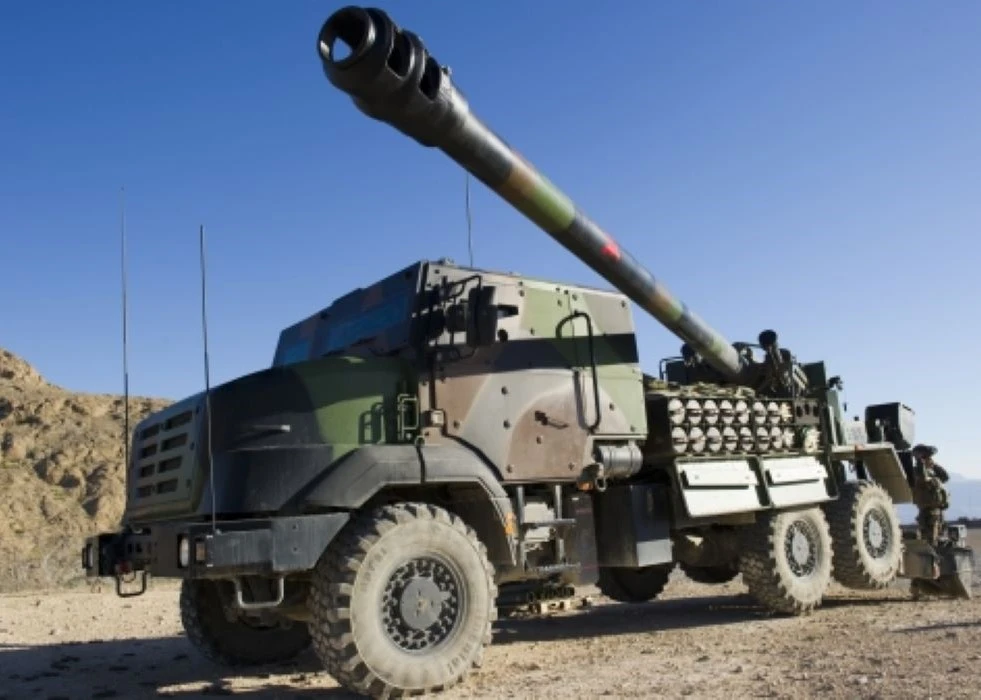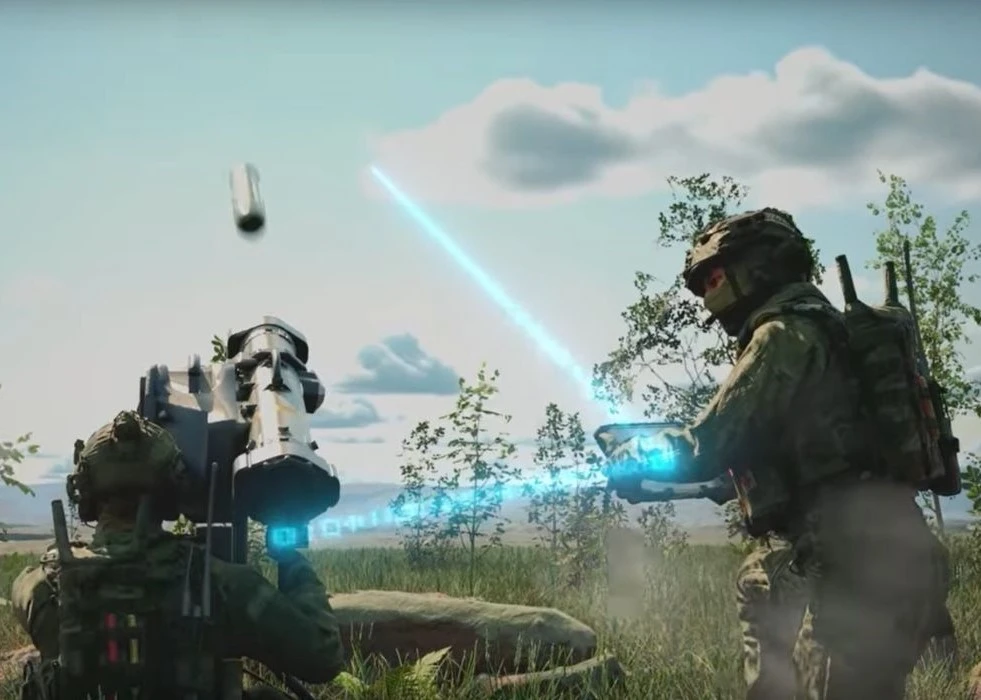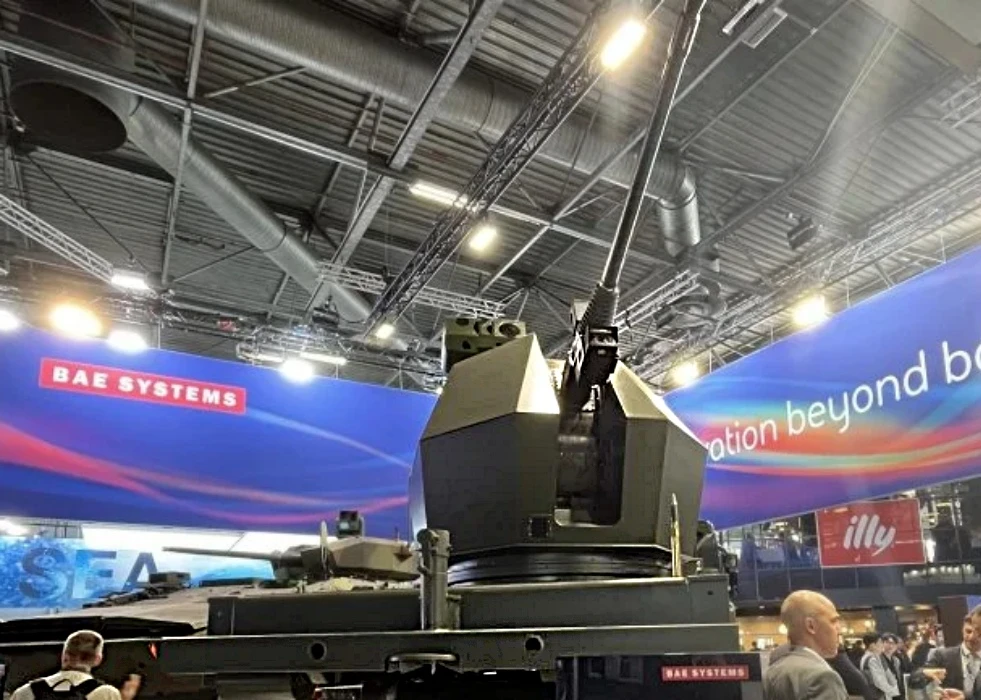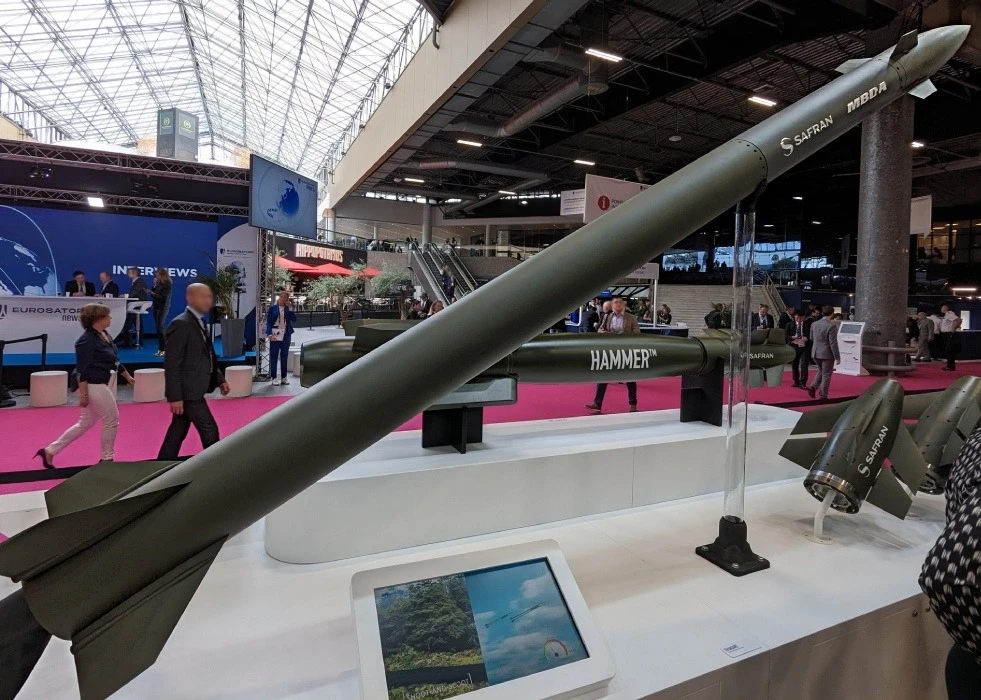Finland develops its coastal artillery defence tactics on the Baltic coast, replacing 130mm turreted guns with 155 mm. Finland has 130mm turreted guns, the locally made Model 130TK, by the Tampella company, installed in the mid-1980s. The country is looking for their replacement, so it has put out a notice for the supply of 20 155 mm guns, but now self-propelled. French Camion Équipé d'un Système d'Artillerie or CAESAR is the favorite of the procurement plans.
This would signal a change of tactics as former guns were designed as fixed coastal artillery in forts along the Baltic coast. With the introduction of precision and unmanned fire, the static artillery became easy targets. Finland in fact has a combination of stationary and mobile guns in the coastal artillery defence role. The Finnish Navy however has not been training any mobile coastal artillery unit.
Finland shares a long border with Russia. The Baltic Sea region is strategically important due to its access to key trade routes and maritime transportation. Russia's annexation of Crimea in 2014 and its assertive actions in the Baltic Sea region have raised concerns among Finland and other neighbouring countries. Finland has historical reasons for such concerns. During World War II, Finland found itself in a difficult position regarding its relations with the Soviet Union. The Soviet Union sought to redraw its borders and establish a buffer zone by reclaiming territories it had lost after the Russian Revolution.
On the other hand, Finland fought to maintain its independence and territorial integrity.
During the Continuation War, which began when Finland joined Nazi Germany's invasion of the Soviet Union (Operation Barbarossa) in 1941, coastal defence played a vital role. The Baltic Sea was a strategic theatre of operations, and both Finland and the Soviet Union sought to control its coastline. Coastal defence installations, including fortifications, naval bases, and coastal artillery batteries, were crucial for both sides in protecting their maritime interests and repelling enemy incursions.


